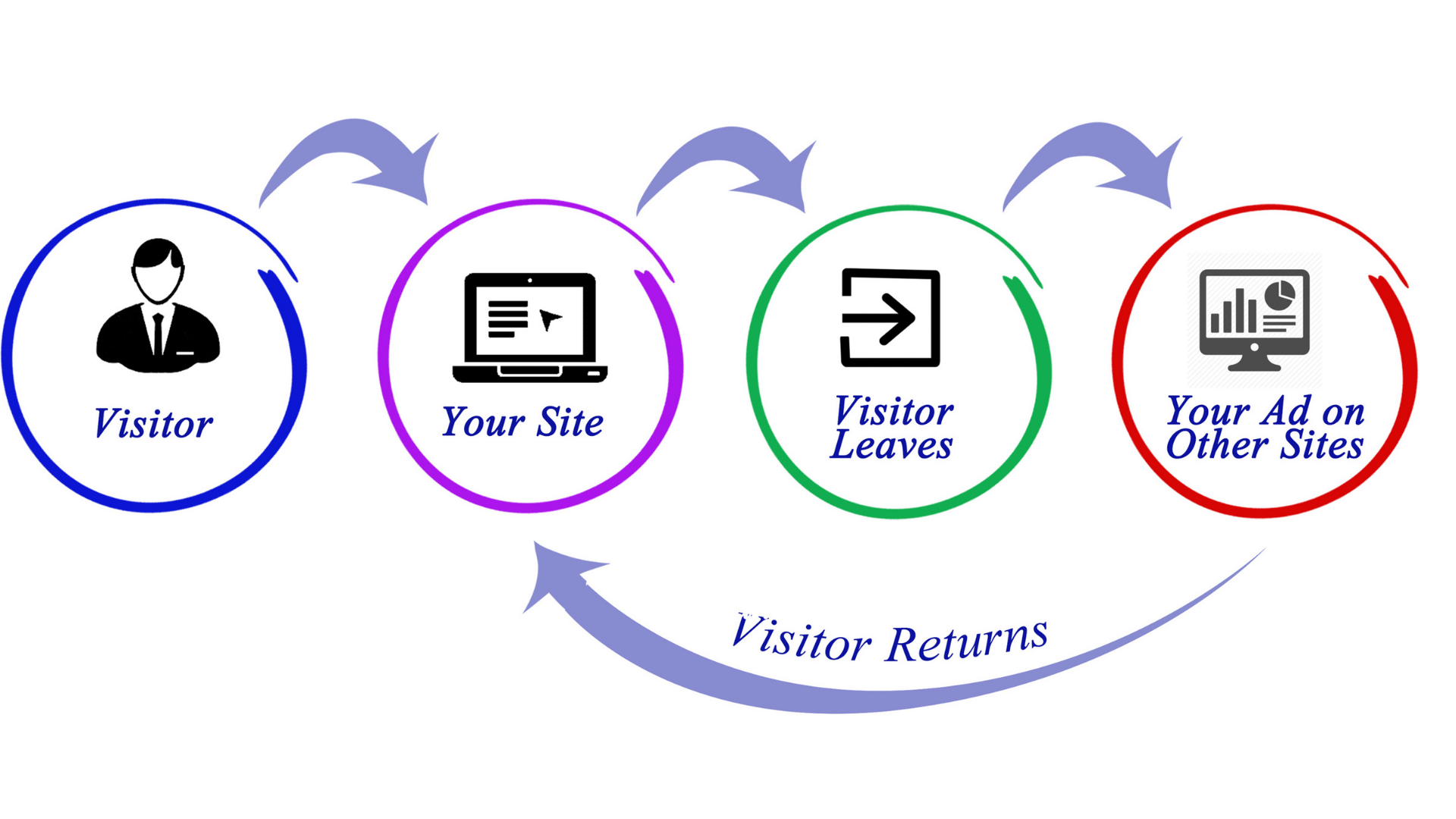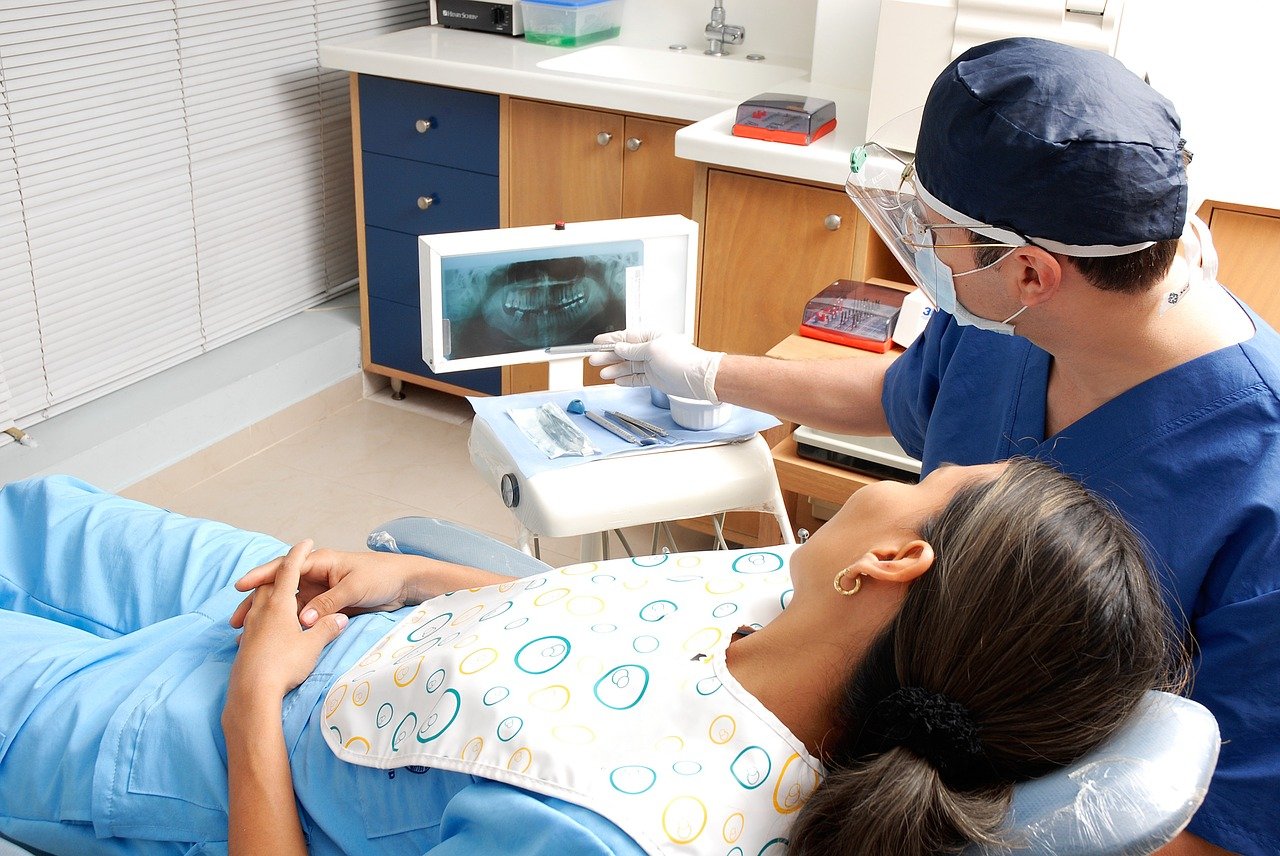5 Steps To Successful Dental Marketing In 2022
It's time to start thinking about what you should focus on for successful Dental Marketing in 2022 as the year draws to a close and many Dental Practices begin to contact existing patients to urge them to use their remaining perks.
It's believed that 80% of all non-referral dentistry leads begin with a major search engine. To put it another way, if you believe your potential patients aren't looking for you online, you're mistaken! This means that if you want to stay 'ahead of the game,' you'll need to devote a significant portion of your marketing budget on digital approaches.
The good news is that dental internet marketing isn't difficult once you understand the basics. With this in mind, here are five practical steps dentists can take in 2022 to build a firm foundation for successful dental marketing.
Step 1 - Establishing A Five-Star Rating
Let's face it: if you believe you can ignore your reputation score, you will not grow, and you will be left with those new patients who will come to you just because you are a member of their insurance network.

This type of strategy will result in a failing dental office and a revolving door of employees.
Here are a few recommendations.
- Negative publicity.
Online reputation management is a difficult task. After all, that is what it is all about: limiting and eliminating all of the negative press. However, what does "poor press" really mean?
Squatted usernames (when someone else uses a company's username); squatted domains; disgruntled employees or individuals impersonating the company or one of its employees; name changes; negative comments; inaccurate information; trademark infringement; competitor attacks; hate or complaint sites; personal and corporate scandals and negative industry perceptions;
- Believing that because the company is successful offline, there is no need to worry about its online reputation.
Many business owners – an alarming proportion of them, in fact – believe this. While it's true that some businesses have built up such a strong reputation that they believe that because they're so successful right now, a few minor blemishes on their internet reputation would be largely ignored by their customers, this is not the case for all firms. Look at it like this why risk all your other Dental Marketing work all because you did not take your Reputation seriously.

- Make direct contact with all of the people who created unfavorable content.
Whenever a negative review or remark is submitted, make every effort to contact the author directly and attempt to rectify the situation. Ignored concerns and unresolved grievances give the impression that you don't care.
- Always, always, always update.
If you merely post content once and assume that's enough, the search engines will disregard your website or blog. Update your material on a regular basis to improve your search engine page rankings and build the online reputation you desire.
- Encourage good feedback.
The purpose of online reputation management is to raise the number of positive things mentioned about you online while reducing the number of negative things said about you. Run contests for the best or most favorable reviews, or give out free samples to individuals who leave a positive review for you elsewhere.
Let's keep going with these pointers to assist you stay on track.

Step 2: Create an outstanding website.
Your dental website serves as an online storefront. In fact, your website should be the foundation of almost all of your Dental Marketing efforts, thus it must be flawless.
Potential clients should be able to explore fast and get the information they require without having to sift through pages and pages of content when it is properly planned out. While I won't go into detail on what makes a good dentistry website, it's important to know what you should include.
For example,
• Contact information is easily accessible (ideally it should be on every page)
• Easily accessible and readable testimonials

Step 3: Using social media to engage with others
Let's face it: a sizable portion of your potential patients are likely to be on social media, particularly on sites like Google My Business (or the soon-to-be-Google Business Profile), Twitter, and Facebook.
As a result, it comes to reason that this is where you should be if you want to attract them. Tik Tok, too, has partnered with Google to index its videos.

Here's some advice before we get into the nitty gritty of social networking... You can use a variety of social media platforms, but creating a strong social media presence requires time and work. As a result, devoting so much time to each one will be impractical and impossible.
Pick a couple of sites and run with them instead.
There are many ways you can incorporate social media into your dental marketing.
What can you post on your social media platforms to interest potential patients now that we've established that?
Here are a few pointers that may be of use.
• Mention your blog on social media every time you publish one, along with a link back to your site.
• Start discussions or points on the topic of good dental health, or respond to or retweet other people who have done so.
• Share your day's events as well as what's going on in your practice. Remember to include images because people are naturally curious and enjoy learning about such things.
• Promote events - If your practice is hosting an event or a fundraiser, let your patients know about it.
• Publicize unique offers — If you're running a promotion on a particular treatment, make sure to let your followers/friends know.
• Examine and report on dental products such as teeth whitening kits, aligners, toothbrushes, and so on.
Keep in mind that posting material that people want to read is the key to effective social networking. Make it about delivering something of value rather than self-promotion.

Rather than trying to sell to them, use social media to improve their perception of you, your practice, and your services.
Step 4: Make use of pay-per-click (PPC) advertising.
So you've taken care of the organic search factor with your website, content, and (hopefully) continuous blogging, and you're now ready to use your social media platforms to bring traffic back to your website. So, how do we proceed from here? Consider PPC (pay-per-click) advertising.
A well-structured PPC campaign may be quite beneficial to dental practices, and when done right, it can be a fantastic lead generator. However, it requires four ingredients in order to function efficiently. The following are examples of these:
Assemble keyword groupings – Find out what keywords your prospects are searching for and tailor your ad to each category. You may develop an ad around teeth whitening if your prospects typed in things like "getting whiter teeth" and "enhancing your smile."

The more relevant your ad is to your target demographic, the higher ad positioning it will receive from Google, as well as the lower the cost per click rate.
Make landing pages - You'll need a landing page for each ad you run. While the goal of the ad is to grab the reader's attention, the landing page's goal is to increase trust and develop a relationship. As a result, landing pages must be identical with each ad to provide a smooth transition for the client.
Optimize your ad for phone responses — While Google just charges for clicks, you're missing out if you don't optimize your ad for phone responses. Simply make sure that your office phone number is prominently featured on each ad so that people may call to schedule an appointment or learn more about a certain service.
Maximize character limits by using ad extensions – Because PPC advertising have a character limit of only 280 characters, you must convey your message in as few words as possible.

Search extensions from Google are a big assistance. They aid in the communication of critical marketing information while not exceeding your character restriction. It pays to use extensions, whether they're for a location, a product, a phone number, or a website link.
Step 5 - Retargeting
Remarketing or retargeting is the term used to describe this practice.
Behavioral retargeting (also known as behavioral remarketing, or simply Retargeting) is a type of online targeted advertising in which online advertising is targeted to consumers based on their previous Internet actions...yes even with the Apple OS changes you can still retarget potential and existing Patients. This is why having a complete Dental Marketing Strategy in 2022 is key to your growth.
Retargeting converts window shoppers into purchasers, to put it another way.
Approximately 2% of internet visitors convert to an online store on their first visit. The other 98 percent is retargeted.
People who visit your website are tracked using retargeting. Then, as they browse other websites online, Re-targeting shows them your adverts.

With the right Retargeting campaign and you will reduce your ad cost and increase conversions.
That's it, these tips should help point you in the right direction.
In 2022, there are five concrete actions to follow for effective dentistry marketing.
While PPC marketing can yield speedy results, it can also be expensive because adverts can quickly deplete your advertising budget. Pay Per Click should be utilized in conjunction with the stages above for a well-rounded and effective marketing plan in order to achieve the best long-term outcomes.
If you are in need of a new direction for Marketing your Dental Practice, we would love to help you here at Local Digital Biz Solutions. Click below to schedule a consultation with us.
 Add Row
Add Row  Add
Add 




Write A Comment